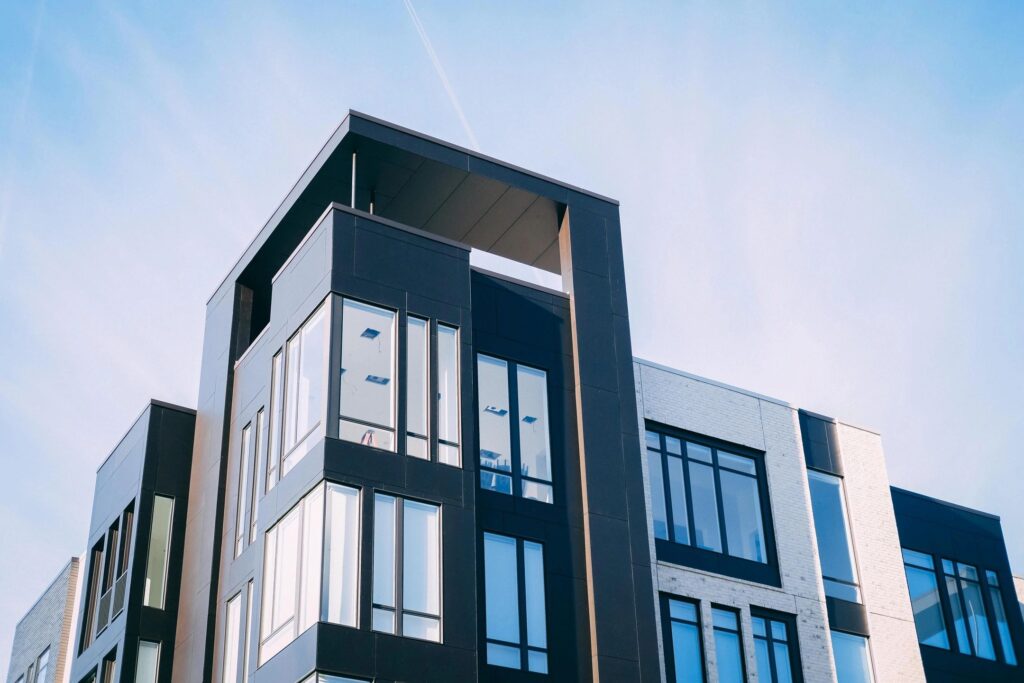Although interior painting projects may seem like the ideal method to liven up our houses. There are many ways that this enjoyable do-it-yourself activity can provide results that are less than stellar. Surprisingly, little preparation errors rather than poor skill are frequently the worst faults that can happen during interior painting. For instance, many experienced painters neglect to prime the wall and rush the second coat. We’ve compiled a list of the top 5 interior painting mistakes along with their fixes to assist you to avoid these mishaps. Put your paintbrush aside and continue reading for the finest outcomes.
1. Absence of painter’s tape
Painter’s tape is the best protective material to use while decorating because it can decrease paint, and ensure sharp edges. Painters tape, for instance, comes in handy if you wish to paint only specific portions of a surface with decorative accents. Additionally, painter’s tape shields the room’s edges, light switches, and door and window frames. You may say goodbye to splotchy outcomes and hello to a smooth, polished finish by using painter’s tape.
Using painter’s tape: advice
- Before using the painter’s tape, make sure the surface is clean.
- Wait until the paint is totally dry before removing the tape.
- Make sure the edges of the tape are tightly secured.
- Using a putty knife, score the edge
2. Not painting the surface in preparation
The quality and longevity of your paintwork will largely depend on how well your surface has been prepared. Although most people understand why a primer is necessary, one of the stages that novice painters frequently omit is actually preparing the surface. Many people believe that a fresh coat of paint would cover up dirty walls, however neglecting to clean the walls will result in a poor paint job. It is one of the common interior painting mistakes. Any type of wall surface imperfection, including pre-existing dirt, can result in flaws like uneven paint spots. Make sure to clean down those walls as your initial action for the best results!
Suggestions for cleaning the surface:
- The surfaces inside should be cleaned with mild soap and water.
- Before you begin sanding and patching the holes with a surface filler, allow the surface to dry.
- Apply one coat of priming paint to the surface and let it completely dry. Your interior wall surface is smooth and ready to be painted once it has dried.
3. Omitting the primer
It’s time to prime the surface now that it’s clean! This is a process you won’t want to omit because it’s crucial to producing a durable, smooth finish. By sealing in the paint to the surface and assisting the pigment’s greater adhesion to your walls, primer also aids in bringing out the actual color you’ve chosen. In this way, you can avoid interior painting mistakes.
Use a primer when:
- On freshly installed drywall or unpainted wood since both are relatively absorbent surfaces
- Prior to repainting over glossy or oil-based paints, sand the surface so the new coat of paint adheres better.
- to cover up any stains or odors on the surface
- Before changing the color of a previously painted surface from dark to light or vice versa
4. Choosing the incorrect paint sheen
After covering preparation, we can move on to the actual paint. You risk generating an entirely unanticipated look and feel by choosing the incorrect gloss for your interior wall. There are several finishes to think about, including flat, matte, semi-gloss, and gloss, to mention a few. Once the applied interior paint has dried, the glossiness will depend on the sheen of the colors.
Although the shine level is a matter of personal preference, certain finishes perform better than others in particular contexts. For example, ceiling surfaces are not often as smooth or flawlessly completed as interior walls, which makes painting the ceiling a little more difficult.
5. Picking Out inferior paint
After choosing your finish, it’s time to learn how to select the best paint for the job. Nothing is more upsetting than putting in the preparation only to discover that a subpar paint recipe destroys the finished product.
The following are some suggestions for picking the best paint:
- Find out which undercoats and primers are required for the best results.
- Verify the shine. Although paints with a higher sheen tend to be more vibrant and durable, you’ll need to find the right balance for the shine on your surface.
- When you buy paint, go with reputable painting brands. Quality painting brands offer painting characteristics, such as warranted longevity and washability,
- Last but not least, while choosing high-quality paint, get advice from a professional painter



